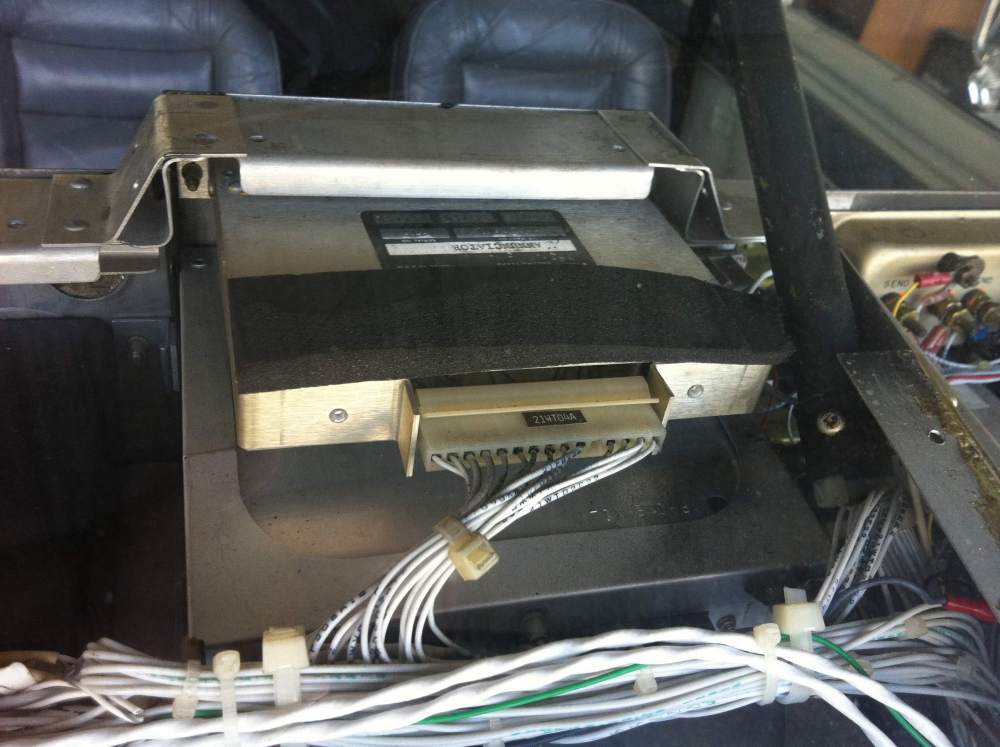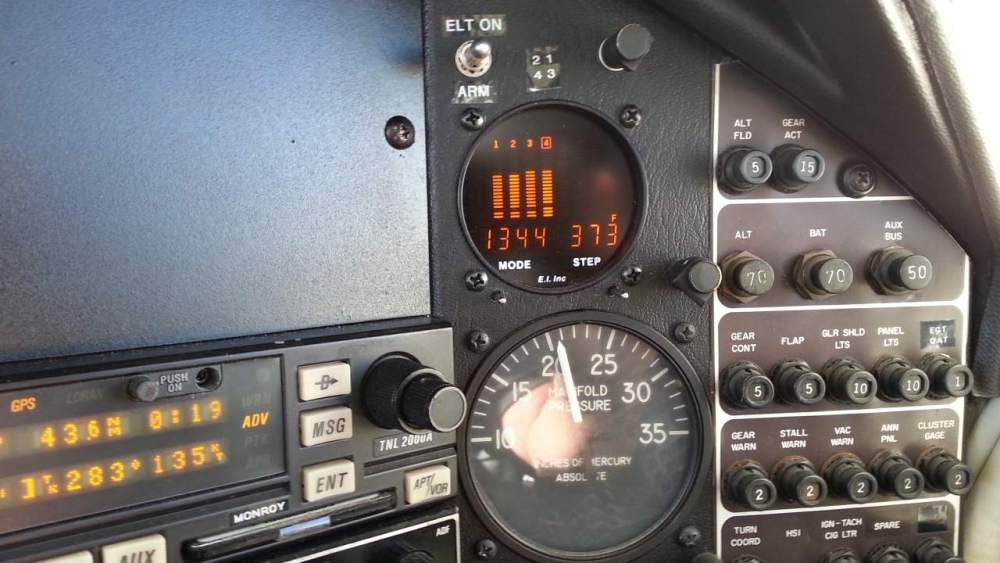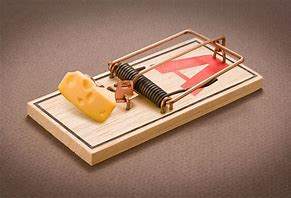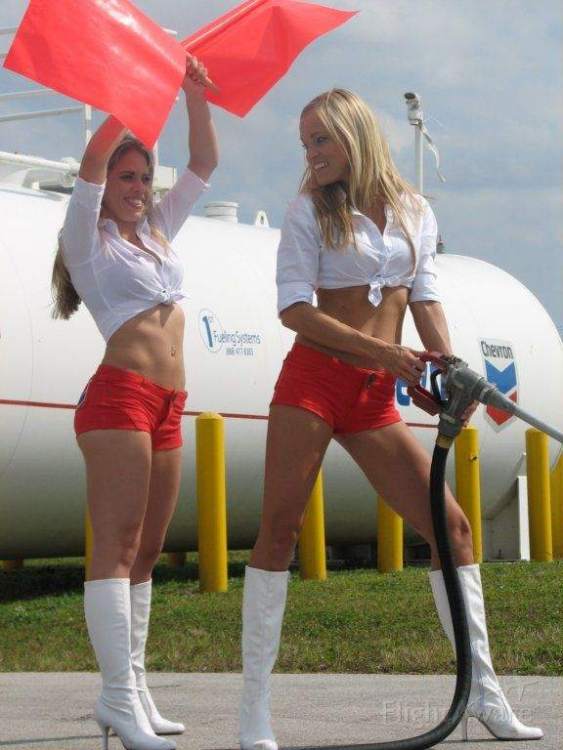-
Posts
4,785 -
Joined
-
Last visited
-
Days Won
19
Content Type
Profiles
Forums
Blogs
Gallery
Downloads
Media Demo
Events
Everything posted by Piloto
-

What does this terminal forecast mean to you?
Piloto replied to Scott Dennstaedt, PhD's topic in Miscellaneous Aviation Talk
On most windshear events there is some moisture or dust that the radar can detect. The radar is looking at the doppler spectrum to differentiate the windshear event vs rainfall or dust. At some airports highway traffic nearby can be mistaken by windshear (first noticed at Heathrow apt.) but later radar do overcome this false warning by scanning above and correlating. José -
Wonder how he was going to dispose of all that after takeoff. No pilot relief tube? Shame on him, wet pants and seat. José
-

What does this terminal forecast mean to you?
Piloto replied to Scott Dennstaedt, PhD's topic in Miscellaneous Aviation Talk
Good tip. But the speed drop in small planes is of short duration because of the lighter inertial mass. José -

What does this terminal forecast mean to you?
Piloto replied to Scott Dennstaedt, PhD's topic in Miscellaneous Aviation Talk
Unlike airliners Mooneys are over 100 times lighter (less inertia) and have instant power (piston engines) for quick acceleration. Just be ready on the throttle for when airspeed and altitude drops. During development and FAA certification of the RDR-4 radar we (Allied Signal) used a Convair 580 with Allison engines (constant speed) to overcome the in situ windshear events at less than 500ft. In situ windshear events were measured and confirmed by comparing IRS data with ADC data and correlating the RDR-4 doppler data. Hard to spot a windshear event, most of them happen outside of an airport area. Because these are short duration events by the time we reached them many were gone. José -
-

What does this terminal forecast mean to you?
Piloto replied to Scott Dennstaedt, PhD's topic in Miscellaneous Aviation Talk
Windshear are short duration low altitude phenomenas and hard to forecast. Best defense is to have doppler radar on the field or airborne. Location of the event is also critical. A windshear event on final approach or takeoff can bring an airliner down but not a Mooney. Since the 1990s all the airliners are required to be equipped with predictive windshear radars (RDR-4 doppler) vs the old reactive system (radio altimeter). José -
Check the ball position on the Turn Coordinator on the ground. On my M20J it was showing a slight right inclination (ball to the right). Replaced the gear donuts and the ball TC recentered and the tires wear was even on all sides. José
-
-
-
Since the days of the B707 new transport planes no longer use bladders but wet wing tanks. So for an airplane that holds 10,000 gallons and a fleet over 10,000 planes leaks on integral tanks can not be that bad. Bladder tanks add significant extra weight and maintenance labor (spar corrosion inspection). Bladder replacement involves having a replacement available for that specific wing section (ten different part numbers for each plane model). For the same wing volume section bladder tanks fuel capacity is 80% (with no wrinkles) that of integral tanks. José
-
-
I just cut open the oil filter and check the paper element. It can trap smaller particles. José
-

Argument between Aspen PFD PRO and KAP 150 in IMC
Piloto replied to Oldguy's topic in Avionics/Panel Discussion
Oldguy Unfortunately, the Quattro has no heading capabilities, and that is the reason for my considering whether or not to keep it in my panel. In cases like this the trusty old fashion compass is more reliable. I got the vertical compass and love it. José -
-
I use this portable one at CYYR. Open the heat vents in the cockpit and no need for parka inside. José
-
VELOCITY VISIONS AIRCRAFT V1 PROTECTIVE DETAIL AND SEAL (Click image for a larger view) Make Selection(s) Below To Order From $29.95 to $320.00 (1) review this Size: Select Size:22 ounces1 Gallon5 Gallon Part Number: Quantity: Save Overview Alternate Items Mfg Part # Reviews Q+A Velocity Visions V1 Protection Detail and Seal is an easy spray on and wipe off sealant that is extremely hydrophobic and glossy. It is formulated to bond and protect the aircraft exterior from harsh elements, fuel and oil leakage, ice build up, UV rays and much more. It can easily be applied in a matter of minutes.
-
Interesting can you show us the NASA report?. Then how TKS got approved? José
-
Before going into an icing trip I spray the venturi and antennas with WD-40. Urine temp is 98F so it does not freeze. José
-
Would the AV-30 interface with the Century 31 autopilot? Would it need a backup ADI besides the TC? No backup ADI needed with my vacuum ADI. José
-
Yes for plastics is the one I use. I tried on the windshield but it kind of leaves a messy residue. Found a noticeable speed increase when applied but maybe is due to just cleaning the wing. José
-
I found that an application on the wing of Rain-X Plastic helps on reducing ice accumulation. With ice on the windshield and pitot tube I see no ice on the wings. I also check on: https://www.aviationweather.gov/icing/fip I f
-
To me a more useful accelerometer would be a horizontal axis accelerometer. This would indicate if the engine is applying the required force before the plane reaches V1 so takeoff can be aborted on time if needed. On an over gross condition or low engine power output this device could warn the pilot of a marginal takeoff condition. José
-
This is the location of the KR-87 ADF flight timer wind switch. It looks like a small spoon hanging down. José
-
Plug them up in your plane. I am sure they still work. José
-
You are right Paul but TCs never tumble, good for spin recovery in IFR. Altimeter and VSI are also good for pitch control. Spirit of St Louis panel. Good for IFR flight across the Atlantic, No ADI. José









